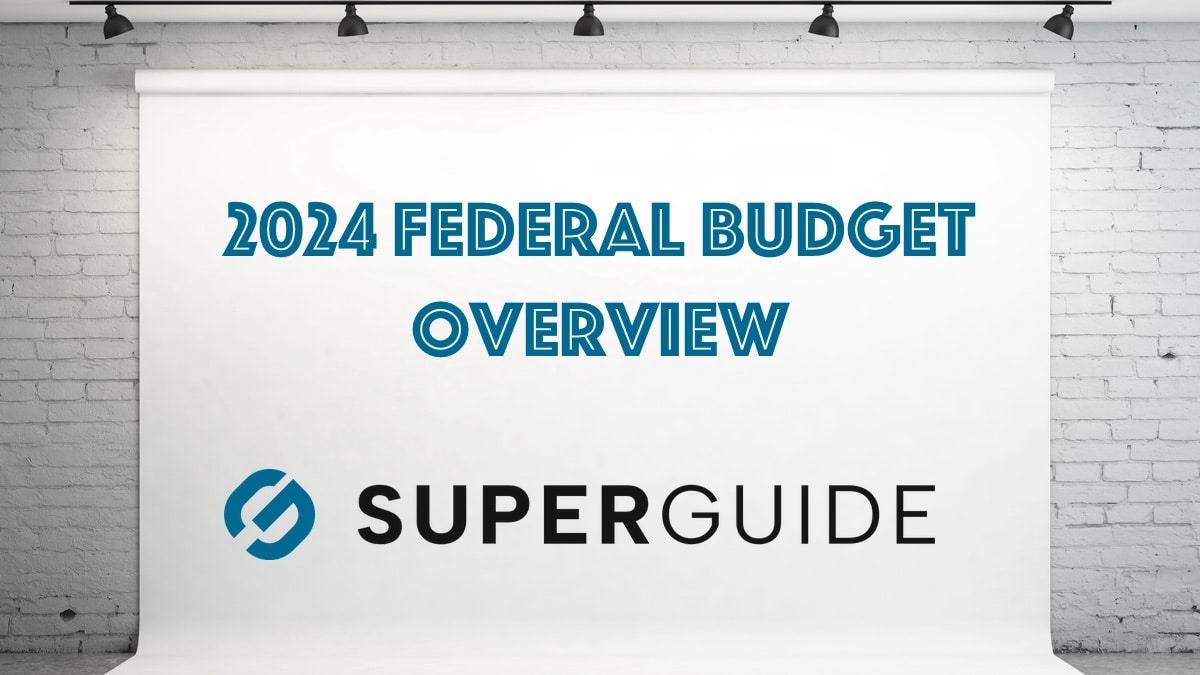Jim Chalmers delivered his third Federal Budget on 14 May 2024, forecasting to deliver a surplus of $9.3 billion this financial year. This would be the first time there has been back-to-back surpluses in nearly two decades, but the forecast surplus is less than the $22.1 billion last financial year.
The budget shows that compared to the December 2023 MYEFO budget update, there has been an improvement of $10.5 billion to the bottom line. MYEFO forecast a deficit of $1.1 billion for this financial year.
The forecasts for the coming years are large deficits though.
- -$28.3 billion for 2024–25
- -$42.8 billion for 2025–26
- -$26.7 billion for 2026–27
- -$24.3 billion for 2027–28.
High inflation and higher interest rates have resulted in lower growth over the past year. The government’s cost-of-living measures are expected to reduce inflation, with energy bill relief and Commonwealth Rent Assistance expected to directly reduce inflation by 0.5% in 2024–25 and not expected to add to broader inflationary pressures.
In fact, Treasury predicts inflation will fall to 2.75% by the end of 2024 – well before the RBA’s most recent forecast for the end of 2025.
The labour market has been strong with the unemployment rate near historic lows, workforce participation near its record high, and around 780,000 jobs created since May 2022. The unemployment rate is expected to rise modestly but remains below pre-pandemic levels.
The combination of nominal wages growing at their fastest rate in nearly 15 years and the moderation in inflation has resulted in real wages returning to annual growth.
Real GDP is expected to grow by 1.75% in 2023–24, by 2% in 2024–25 and by 2.25% in 2025–26.
Global growth is forecast to remain subdued over the next few years and is expected to record the longest stretch of below average growth since the early 1990s. Most advanced economies recorded subdued outcomes during 2023, with around a third of OECD nations recording a technical recession. Global inflation has moderated but remains too high, and there are risks it will persist.



Leave a Reply
You must be logged in to post a comment.